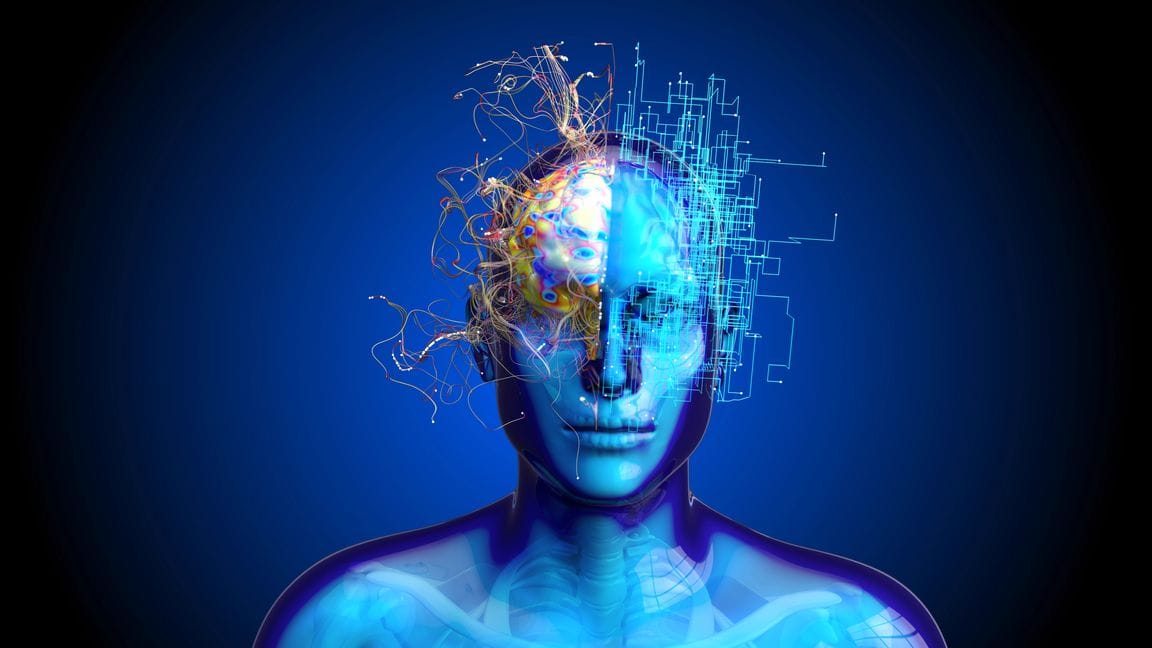Memory is the brain's ability to store, reproduce and change information about events and reactions to them. The foundation of intelligence that determines our ability to learn, concentrate, and multitask.
What types of memory do humans have and what are their differences?
Long-term memory is a type of memory that stores information for a long period of time, sometimes a lifetime. It is responsible for storing our knowledge, skills, memories and experiences.
Examples of long-term memory:
- knowledge and facts. We remember information from books, articles, lectures and other sources. For example, we remember that the capital of France is Paris, that 2 + 2 = 4, or that the Earth is a planet.
- skills. We learn to perform various activities, such as riding a bicycle, swimming, playing a musical instrument, or speaking a foreign language.
- memories. We remember events that happened to us in the past, such as birthdays, holidays, important moments in life.
- experience. We learn from our mistakes and successes. For example, if you fell off your bike once, you will be more careful next time.
Short-term memory is the intermediate storage of data. Information is stored there from five to seven minutes, depending on the individual characteristics of the person. After this, the information is either completely forgotten or transferred to long-term memory.
Example of short-term memory:
- remembering a phone number. We either write down the number or dial it on the phone.
Working memory is designed to serve specific types of activities. Information can be stored in a person's brain for several days if it is needed to complete a specific task or solve a problem. If actions are repeated many times, then this data moves from working memory to long-term memory.
For example, a child who solved algebra problems perfectly, after entering a humanitarian university, did not use mathematical skills and forgot them.
Motor memory is a person’s ability to remember, store and reproduce various movements. Thanks to it, we learn to walk, write, play musical instruments and perform other activities that require coordination of movements.
Figurative memory stores vivid sights, smells, tastes and sounds that we encounter in life. It includes several types of memory: visual, auditory, olfactory, gustatory and tactile.
Examples of figurative memory:
- the smell of grandma's pie can remind you of childhood.
- looking at a rose, we involuntarily imagine its smell.
Emotional memory remembers and reproduces our feelings and emotions. It plays an important role in our behavior, encouraging us to repeat those actions that bring us pleasure and avoid those that cause negative emotions.
Verbal-logical memory permits you to remember the sequence of words, actions in stories or films, your thoughts in the process, and then reproduce them.
Resources: advance.ru; smartykids.ru
Also read:

